When the Apple iPhone X launched in 2017, it offered some very sophisticated camera technology in its rear camera and took one of the top spots in our DxOMark Mobile smartphone camera ranking. The device’s front camera is also very useful imaging tool, especially for those who frequently capture selfies or make video calls.
We’ve put the iPhone X’s front camera through its paces, both in our image quality lab and in real-life situations. Read our full report to find out how the camera performed in our testing.
Key front camera specifications:
- 7 MP sensor
- f/2.2-aperture lens
- 32mm-equivalent focal length
- Auto HDR mode
- Display flash
- 1080p video at 30fps
About DxOMark Selfie tests: For scoring and analysis in our smartphone front camera reviews, DxOMark engineers capture and evaluate over 1500 test images and more than 2 hours of video both in controlled lab environments and in natural indoor and outdoor scenes, using the camera’s default settings. This article is designed to highlight the most important results of our testing. For more information about the DxOMark Selfie test protocol, click here.
Test summary


With an overall Selfie score of 71 points, the Apple iPhone X front camera performs well in many situations, but cannot match the best competitors, and leaves room for improvement in several areas. For still images, the Apple front cam delivers generally good exposure on faces and decent dynamic range, allowing for good image results in difficult high-contrast situations. The camera also captures good detail on faces at a close shooting distance of approximately 30cm.
When the subject distance is increased, however—for example, when shooting selfies with an outstretched arm or when using a selfie-stick—the face moves out of the focus plane and detail is lost. A shallow depth of field also means that the background of the selfies is always out of focus at any shooting distance.
Color is a bit of a weakness as well. White balance can be unstable, leading to color casts on faces and on other elements of the scene in any light condition. That said, when the auto white balance system works accurately, the iPhone X front camera renders skin tones nicely.
In typical indoor shooting conditions and in low light, we see higher noise levels than we would like. The same is true for flash images, which often show some underexposure as well, since the iPhone’s display flash is not powerful enough to sufficiently illuminate the subject.
The iPhone X’s front camera is capable of recording decent video footage, but has some shortcomings that users should keep in mind. As you would expect, image quality is best in bright light, with decent detail at close range, good exposure, and low noise levels.
Things look less promising, though, as the light gets dimmer. In typical indoor conditions and in low light, noise becomes quite intrusive and a lot of details are lost. The same happens when the camera moves a little further away from the subject. Levels of detail are low at 50cm and at longer subject distances. Lack of dynamic range is also a problem in some light situations, resulting in clipped skin tones or background details.
We also see the same color problems as in stills mode, and the video stabilization could be more efficient as well. Handheld shots usually show signs of camera shake and motion, both when standing still or walking. Overall, the iPhone X front camera can record nice video in the right conditions, but other manufacturers currently offer better alternatives.
Photo scores explained
With a total Photo score of 74 points, the Apple iPhone X front camera achieves a decent score for still images in our testing, but lags slightly behind some of its high-end rivals. The overall Photo score is calculated from sub-scores in tests that examine different aspects of its performance under different lighting conditions. In this section, we’ll take a closer look at these image quality sub-scores.

Exposure and Contrast
Apple iPhone X
57
91
With 57 points, the Apple iPhone X front camera achieves a good score for exposure, thanks to good target exposure on the face in bright light and in typical indoor light conditions. The camera also offers acceptable dynamic range when shooting in bright light, although in high-contrast scenes, we have sometimes seen fairly strong highlight clipping in the background.
In the outdoor comparison below, you can see that there is noticeably more highlight clipping in the bright background of the iPhone X image than in the Galaxy S8 equivalent. Exposure on the face is very good, though.
While target exposure on the face is very good in most conditions, we found it to be a little lower than we’d like in low light. The difference between it and the Samsung Galaxy S8 in the comparison below is not enormous, but visible.
The camera applies quite strong contrast to faces, and that can lead to highlight clipping on skin tones in some situations. In the samples below, you can see that the indoor lighting in our test scene results in fairly large clipped areas on our subject’s face when shooting with the iPhone X. The same scene captured with a Samsung Galaxy S8 results in a more balanced exposure on the face and less highlight clipping.
When we plot the results of our lab exposure test with a ColorChecker chart on a graph, we can see that the iPhone X delivers a slightly darker exposure than the Samsung Galaxy S8 across all light levels.

Color
Apple iPhone X
68
105
At 68 points, the iPhone X front camera achieves only an average score for color. The camera generally does a good job of color rendering, especially on faces, but there are still some areas for improvement. White balance is pretty good, but as shown in the samples below, a slight yellow or green is often visible in outdoor images. Some users might find this rendering more pleasant than the cooler colors of the Samsung Galaxy S8 in our comparison, however. With the iPhone, we frequently also see some reddish casts on faces.
The same yellow/green casts are visible in indoor and low-light shooting conditions. In the indoor comparison below, the Galaxy S8 again delivers a cooler but more neutral color response than the iPhone X.
The results of the lab tests confirm what we’ve seen in our real-life samples. Skin tones show a slight reddish/pinkish cast, especially in brighter light, while other tones have a tendency to show a slight yellow or greenish cast.
Despite those color irregularities, at bright light levels (1000 lux), the white balance system works mostly accurately, even in challenging conditions with bright single-color backgrounds. Color shading (varying casts at the center and edges of the frame which are most noticeable in low-light conditions) is also well under control—barely visible in typical indoor light conditions, and only very slightly visible in low light. We observed some slight white balance inconsistencies within a series of shots of the same scene, but overall, this is a fairly minor problem.

Focus
Apple iPhone X
72
97
The iPhone X front camera uses a fixed-focus system that delivers good focus at a short subject distance of 30cm, but detail decreases as you move the camera further away. Focus is still satisfactory at 55cm, but at a typical selfie-stick shooting distance of 120cm, subjects are out of focus.
The iPhone’s limited focus range is also evident when analyzing the background of images. In the sample below, shot at a distance of 55cm, the Apple device’s shallow depth of field renders the background quite blurry. In fact, the background is blurry at any shooting distance, which means the iPhone X front camera is not ideal for scenes that emphasize background elements.

The shallow depth of field also means that in group shots with subjects in different focus planes, the faces of the people farthest away from the camera are rendered slightly soft and lack detail. Devices with a greater depth of field—for example, the Samsung Galaxy S8—are a better choice for this kind of shot.
At 53 points, the iPhone X score for Texture isn’t quite up with the very best. In bright light and in typical indoor lighting conditions, the iPhone X front camera is capable of capturing good image detail on faces when shooting at close subject distances. A loss of detail becomes noticeable in low light, but overall, the iPhone still renders textures fairly well. The graph below displays the results of our lab tests; as you can see, detail decreases slowly but steadily as the light gets dimmer; further, the iPhone’s results are lower than the Samsung Galaxy S8’s across all light levels.
The real-life samples below confirm the results of the lab tests. In good light and at close distances, the Apple front camera records good image detail, but is not quite on the same level as the Samsung Galaxy S8. Both cameras capture a lot of detail on the skin of the subject, as neither appears to apply any skin smoothing in default shooting mode.
The levels of captured detail decrease when increasing subject distance and/or when decreasing light levels. The shots below were taken at medium subject distance (55cm) and in typical indoor light conditions (100 lux, left) and in low light (10 lux, right). As you can see, the loss of detail in low light compared to the bright-light shots above is pretty obvious. A lot of fine detail is blurred and most fine textures are gone in the 100 lux shot. However, things get worse in lower light. There is virtually no fine detail left in the test shot below right.

Noise
Apple iPhone X
68
90
The graph above visualizes the results of our noise lab tests, and as you can see, noise levels are slightly higher in low light on the Apple iPhone X than on the Samsung Galaxy S8. In bright light, the Apple device is slightly ahead, however; and in typical indoor shooting conditions, the noise levels of the two cameras are pretty much the same.
In our real-life tests, we found noise levels on the face to be low when shooting in bright light at a subject distance of 30 or 55cm. Noise becomes more visible at a typical selfie-stick shooting distance of 120cm, however, and noise is also noticeably more intrusive in indoor conditions and low light, as you can see in the comparison below. There is also slightly less grain in the Galaxy S8 image than in the iPhone X’s output.
Noise is also quite evident in the background of selfie images, even in bright light. In the outdoor shot below, the Samsung again manages to capture a cleaner-looking image than the Apple device.
The difference becomes even more obvious in indoor light: in the iPhone X image, we can see a lot of fairly coarse luminance noise in the background; in the Samsung image, noise levels are slightly lower and the noise is more finely grained.
Artifacts are generally well-controlled on the Apple iPhone X front camera, but we deducted points for a hue shift that is sometimes very visible on skin tones. As you can see in the sample below, the skin tones turn very yellow just before they clip. This effect is less pronounced on the Samsung Galaxy S8.
Another problem that becomes visible when examining images at a 100% view is luminance noise along high-contrast edges, such as along the skin/hair border in the selfie image above.

Flash
Apple iPhone X
32
93
The iPhone X briefly cranks up the brightness of its display to illuminate subjects in flash mode. Flash images usually show good white balance, but when shooting in complete darkness, faces are strongly underexposed and too dark, and there is also a lot of vignetting in the image. Noise levels are pretty high as well. In our comparison shot, the Samsung Galaxy S8 delivers clearly better exposure and lower noise levels in flash mode.
When shooting a series of images at 0 lux ambient light, we also observed some exposure inconsistencies between frames, with noticeable differences in brightness on the face.
The situation is similar when shooting at an ambient light level of 5 lux. The face is a little brighter than without any illumination, but still too dark. We can also again see a lot of coarse luminance noise when zooming in to a 100% view.
Bokeh (40)
The iPhone X’s front camera is capable of doing a very decent job simulating bokeh in its Portrait mode. The problem is that it doesn’t always engage, especially in bright lighting conditions, and quite a few of our outdoor samples don’t show any bokeh effect at all. But when the mode activates, the results are pretty nice. As with most other front cameras, there is some blurring around the edges of the foreground subject, especially with respect to hair, but overall, the blur effect is quite natural.
Video scores explained
With a score of 66 points, the iPhone X’s video performance is on a level very similar to its still image performance. Video footage shows good face target exposure in most situations, with good detail and low levels of noise in bright light. On the downside, limited dynamic range can lead to highlight clipping, and we observed some color and white balance inaccuracies. We calculate the overall video score using the following video sub-scores: Exposure (68), Color (58), Focus (80), Texture (53), Noise (70), Artifacts (80), and Stabilization (25).
When shooting video, the iPhone X exposure system captures good exposure on the face in most indoor and outdoor scenes. We saw some underexposure in low-light recordings, but the Apple device has that in common with most of its rivals. The major negative in terms of video exposure is a noticeable lack of dynamic range that can lead to highlight clipping in high-contrast scenes.
Exposure is very good in our lab tests as well. As you can see in the graph below, the camera delivers good target exposure until light levels of approximately 20 lux; in darker conditions, images are underexposed. The camera also adapts well to changing light levels while recording, with fast and smooth exposure transition.
The white balance system performs well in bright light, usually delivering accurate color with just a slight yellow cast. This cast becomes a little more intrusive in indoor conditions, though, and under low tungsten light, images turn very orange.
We see some color casts on skin tones under some conditions. In bright outdoor shots, there is sometimes a reddish tone on faces; indoors and especially in low light, this cast turns more orange, and it can be quite strong. We also see noticeable color shading when shooting in indoor light conditions.
In terms of Texture and Noise, the iPhone X’s video mode does pretty well, with good detail on the face at close and medium range in outdoor and indoor shooting conditions. A drop in texture acutance becomes obvious in low light, but the iPhone X is pretty much in line with its competitors in this respect. Both spatial and temporal noise are well under control in bright light, but in lower light conditions, noise increases quickly and more than we’d like.
The video results for Focus are pretty much the same as in still image mode. The fixed-focus lens provides good focus at a close shooting range of 30cm. Results are still acceptable at 55cm, but subjects are out of focus at the selfie-stick shooting distance of 120cm. Depth of field is also pretty shallow, meaning that in group portraits, people standing in a back row can be out of focus. The background is also always blurry at any shooting distance.
The score for video stabilization on the iPhone X is low. While some competitors are capable of producing a more “steadycam-like” stabilization, camera shake is noticeable when holding the iPhone X still during handheld shooting, and there is quite a lot of noticeable walking motion in clips that are recorded while walking. Artifacts are pretty well under control, however.
Conclusion
The Apple iPhone X front camera is capable of achieving good results for both still photos and videos in the right conditions. However, detail suffers as soon as light levels decrease, and noise can become quite intrusive. A shallow depth of field and the close focus point of the fixed-focus lens also means the Apple device is less useful for group selfies with people at different distances from the camera, or for images that put some emphasis on the background.
There is also some room for improvement in the color department, with several color casts and white balance inaccuracies in many shooting conditions. So again, while the iPhone X front camera is capable of delivering decent results, depending on the type of selfie you are planning to capture, you should be aware of its limitations.
Photo Pros
- Usually good target exposure and dynamic range in bright light and in typical indoor conditions
- Good detail on faces at close subject distances
- Good flash color, thanks to accurate white balance
Video Pros
- Good detail on faces at close distances and in bright light
- Good target exposure in most conditions
- Noise is well under control in bright light
Photo Cons
- Loss of detail on faces at medium and long subject distances
- Strong noise indoors and in low light
- White balance inaccuracies lead to color casts and unnatural skin tones
- Underexposed flash images
Video Cons
- Strong noise in indoor conditions and low light
- Occasionally unnatural skin tones and color casts
- Limited dynamic range leads to highlight clipping
- Slightly inefficient video stabilization


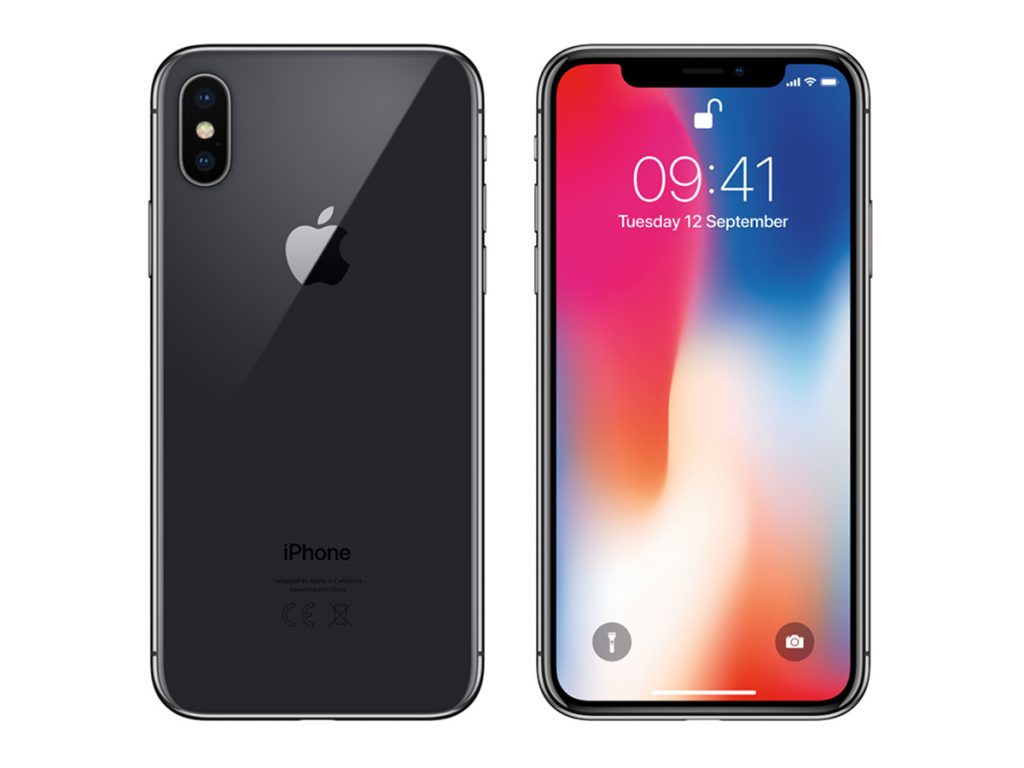

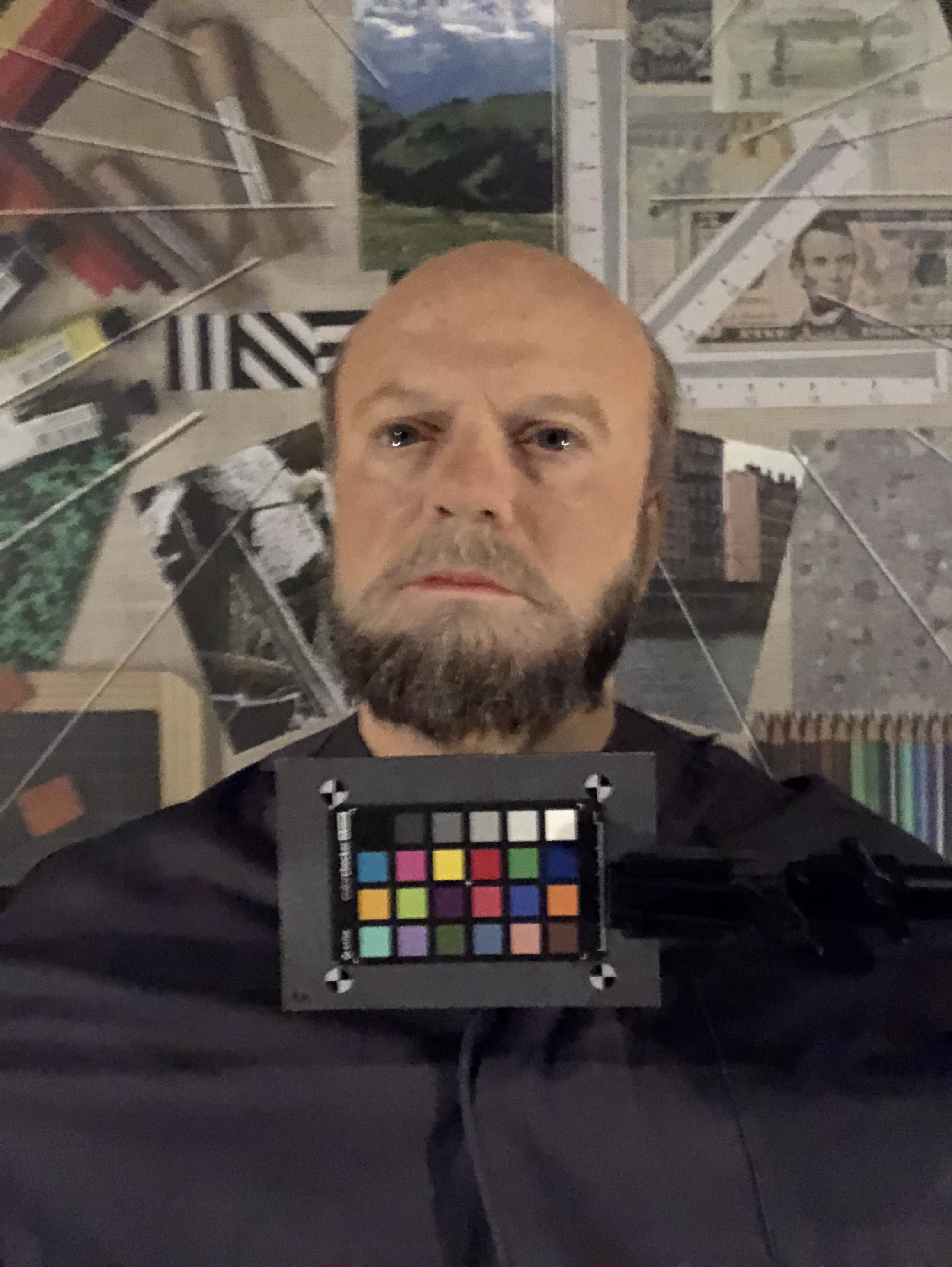
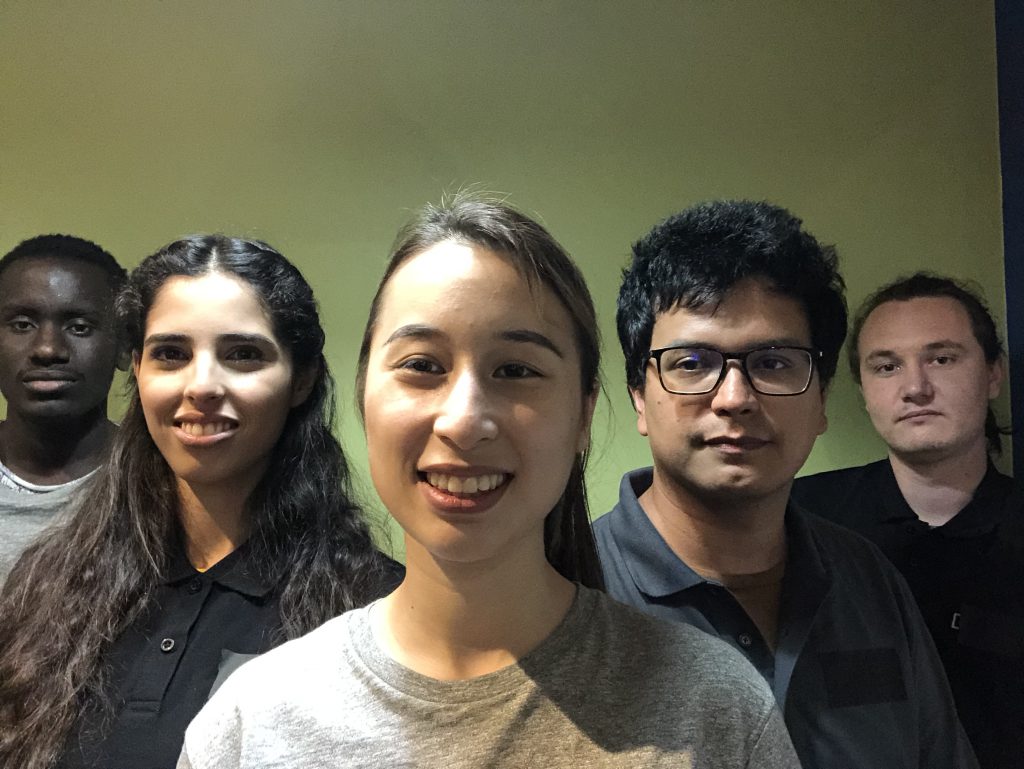








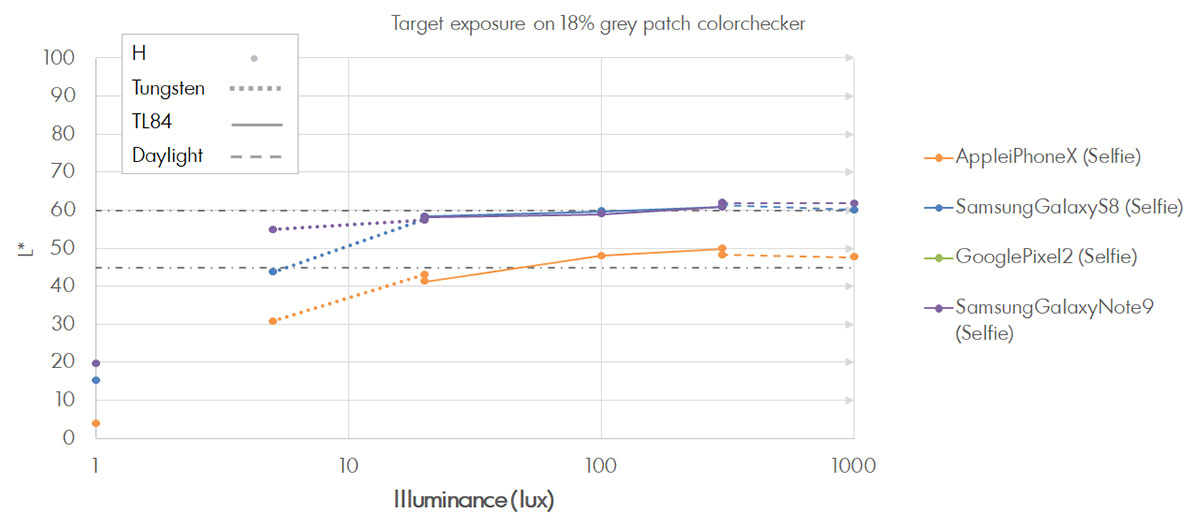




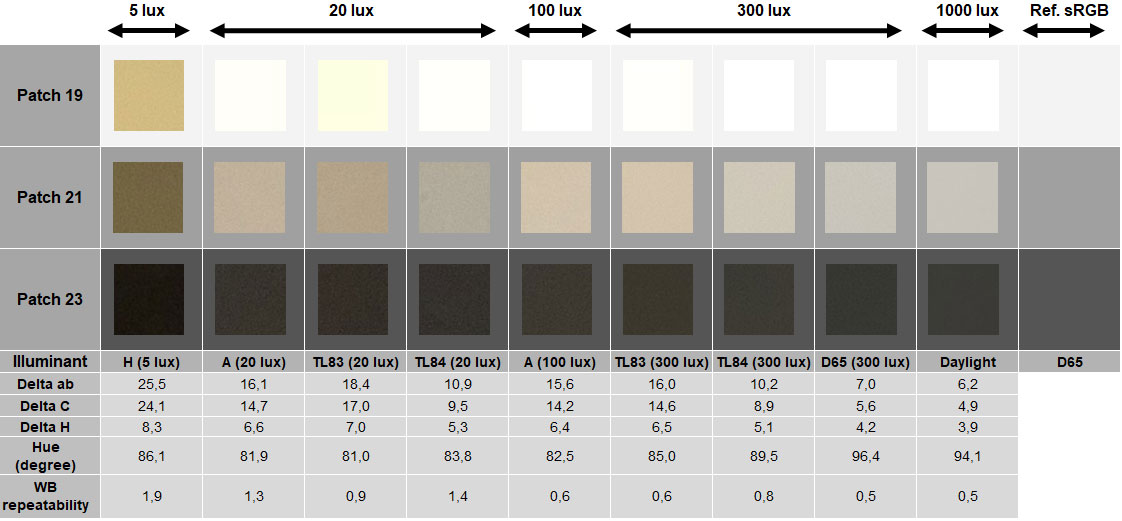

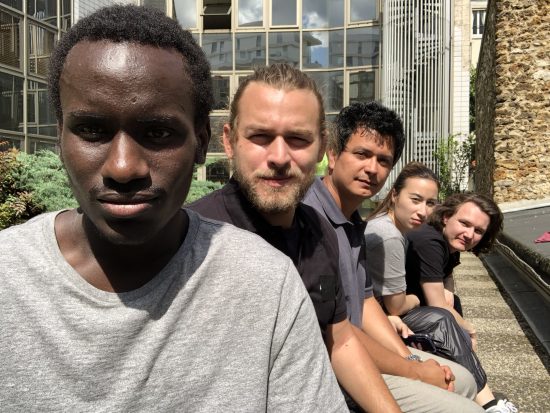


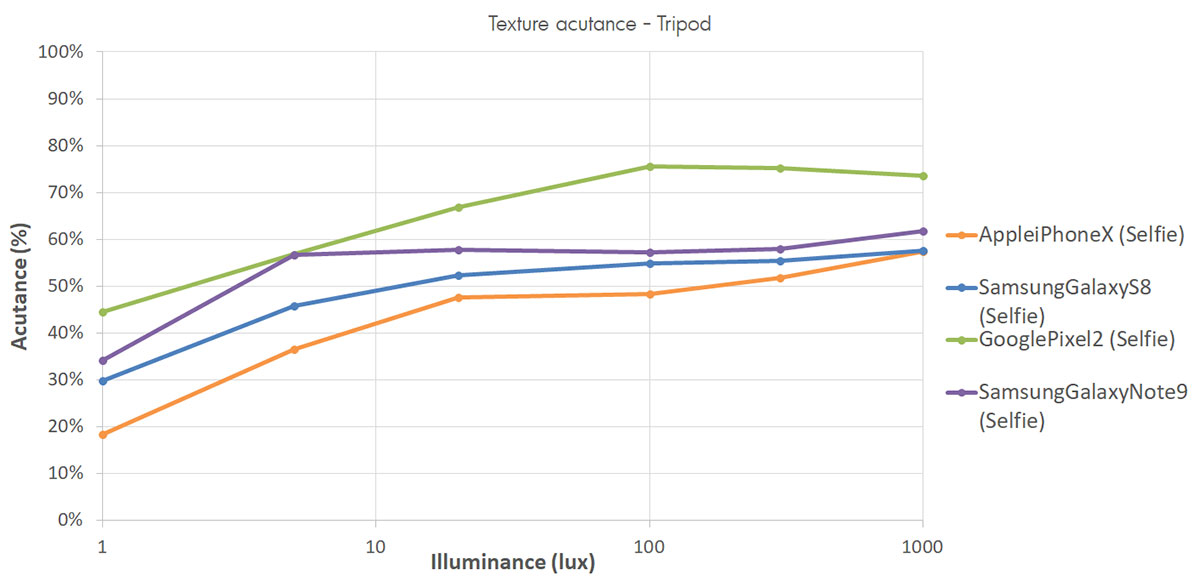


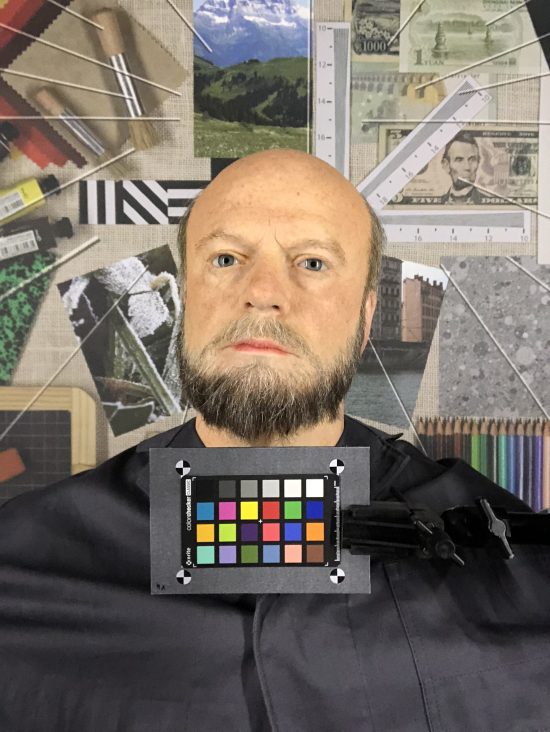
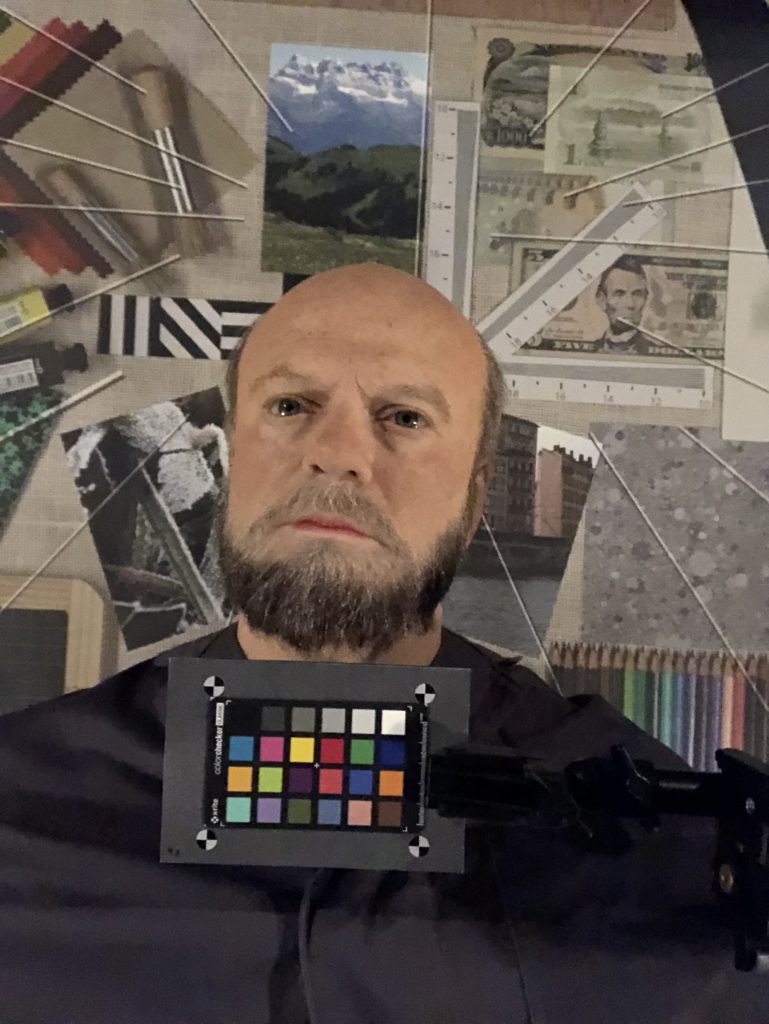
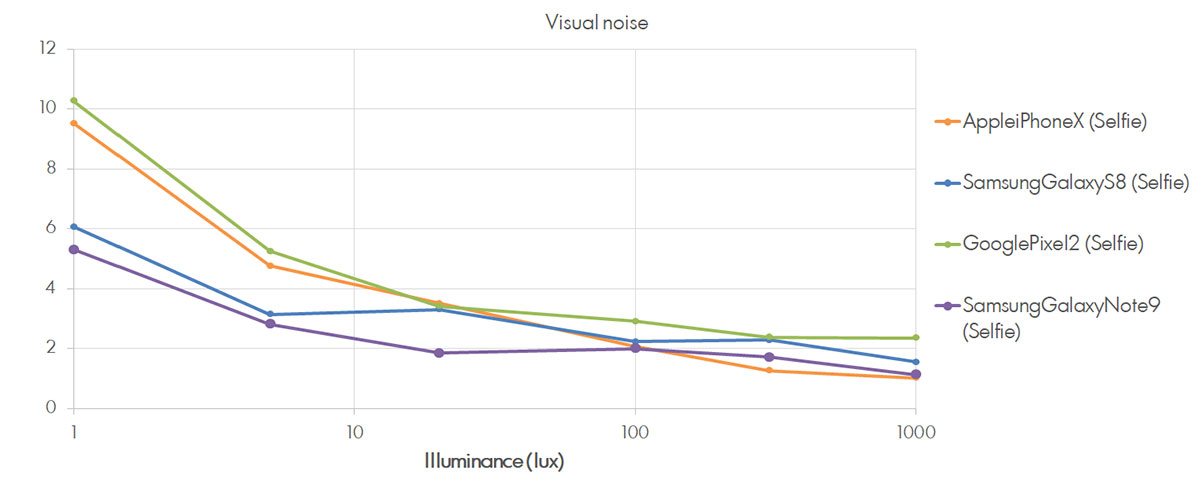
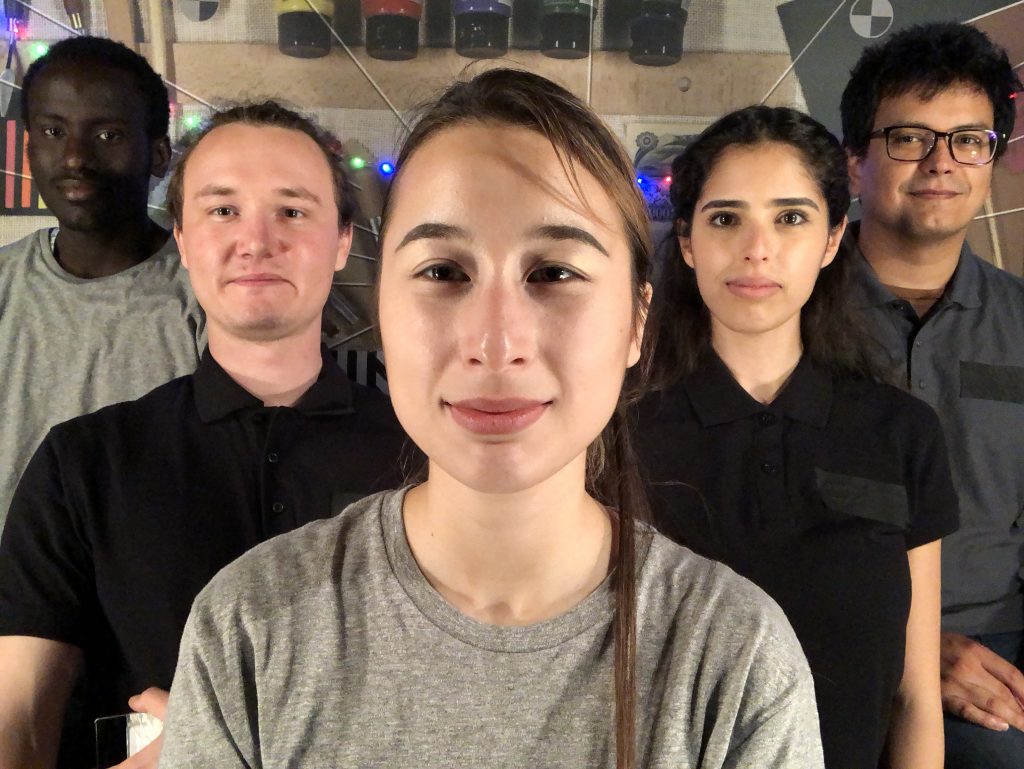
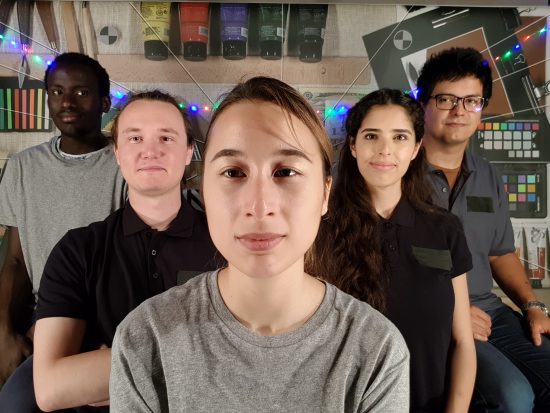
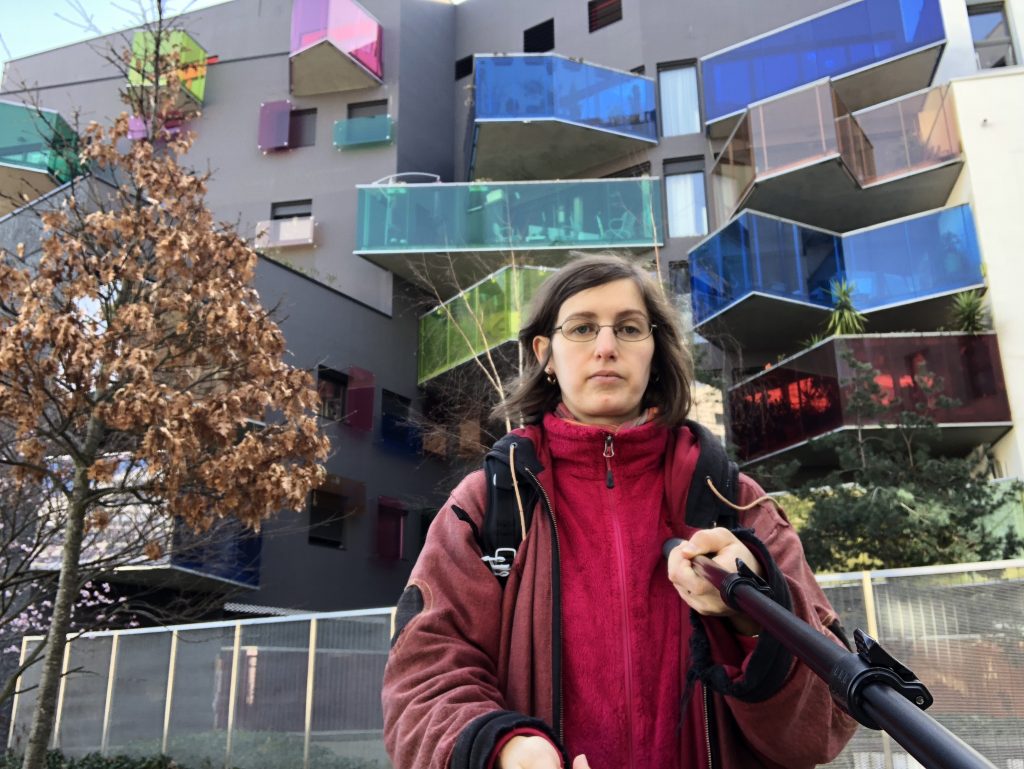
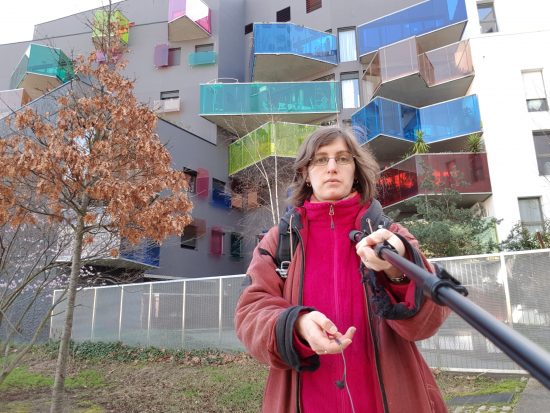

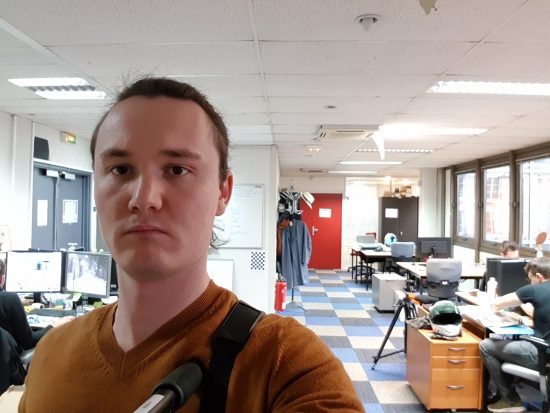







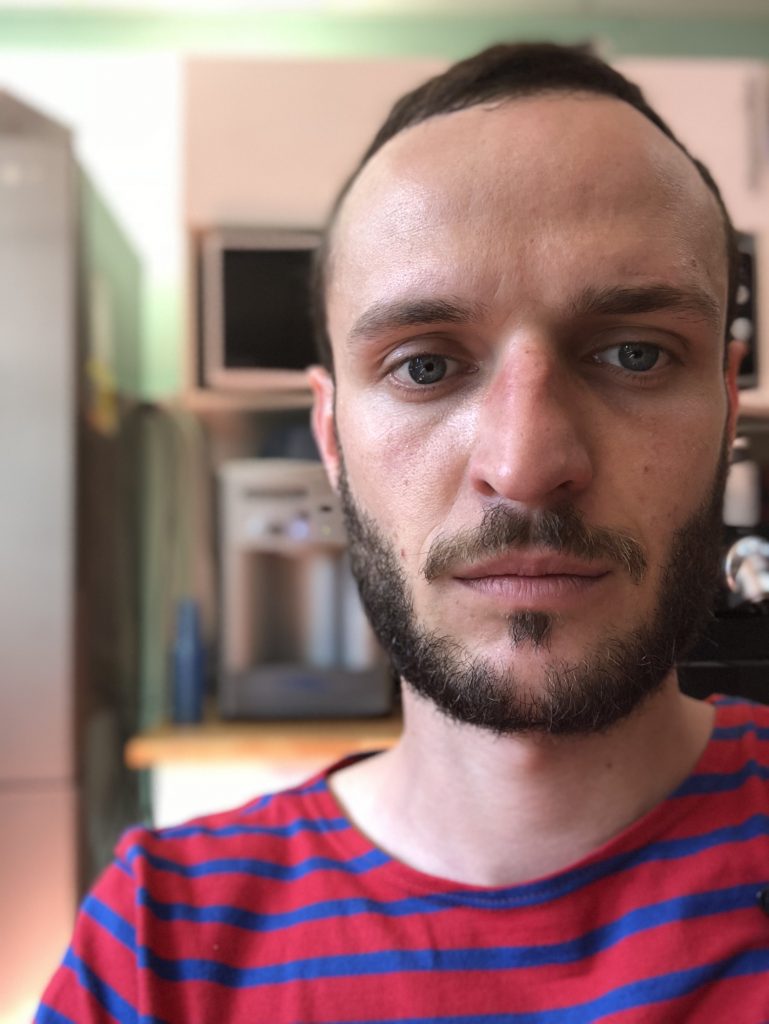


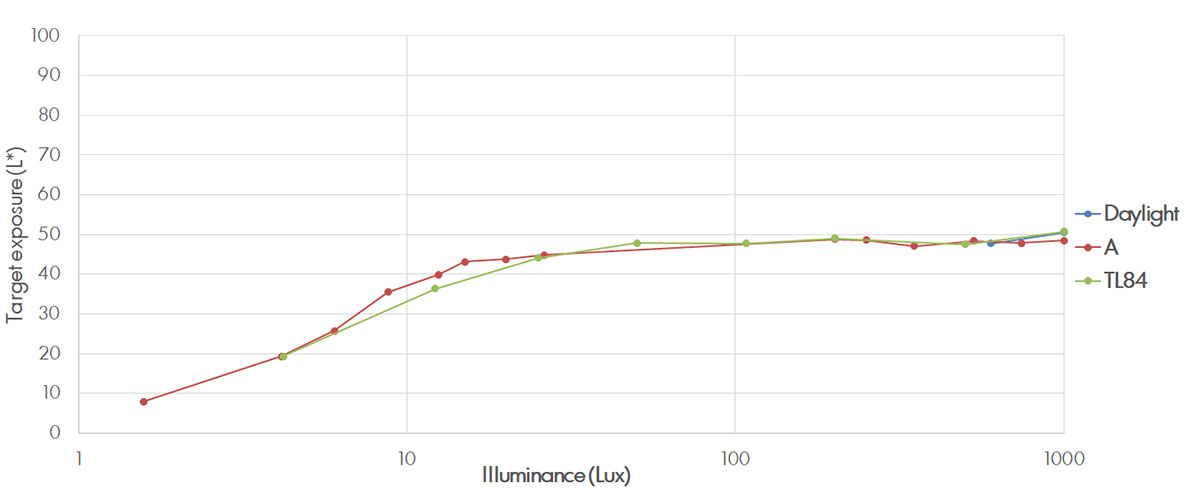
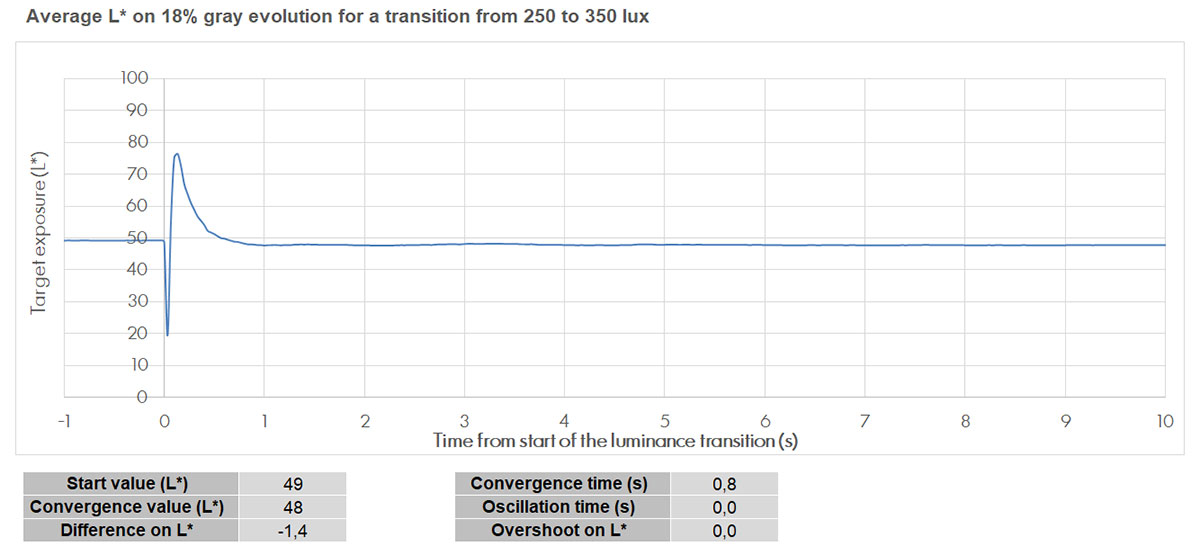
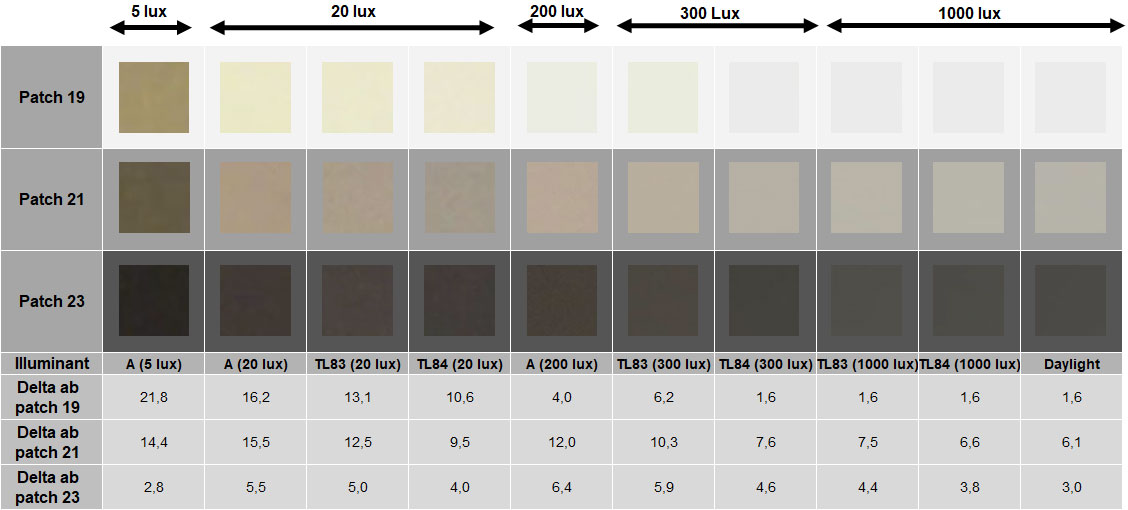
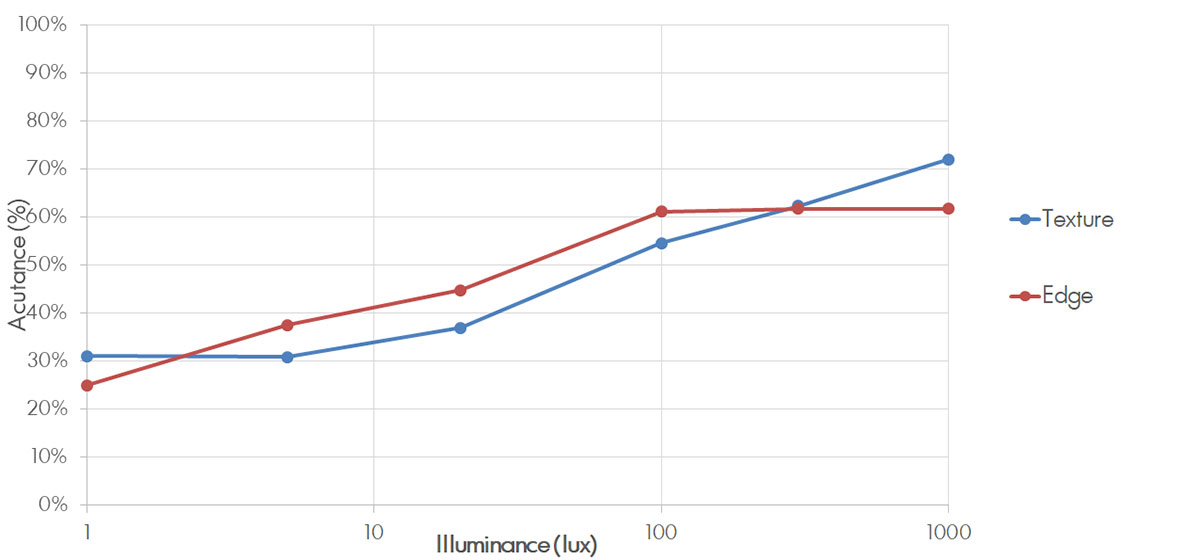
DXOMARK encourages its readers to share comments on the articles. To read or post comments, Disqus cookies are required. Change your Cookies Preferences and read more about our Comment Policy.